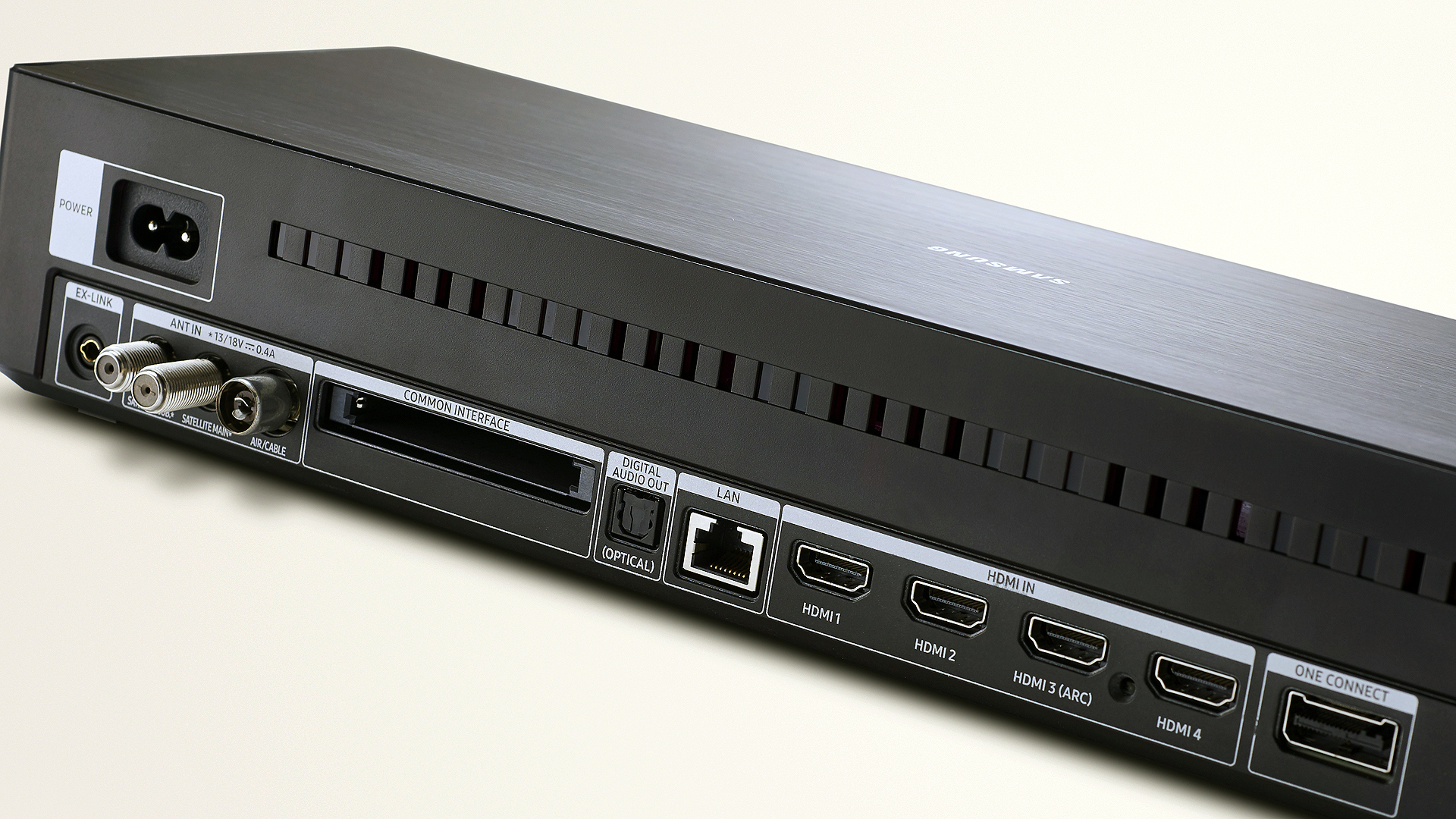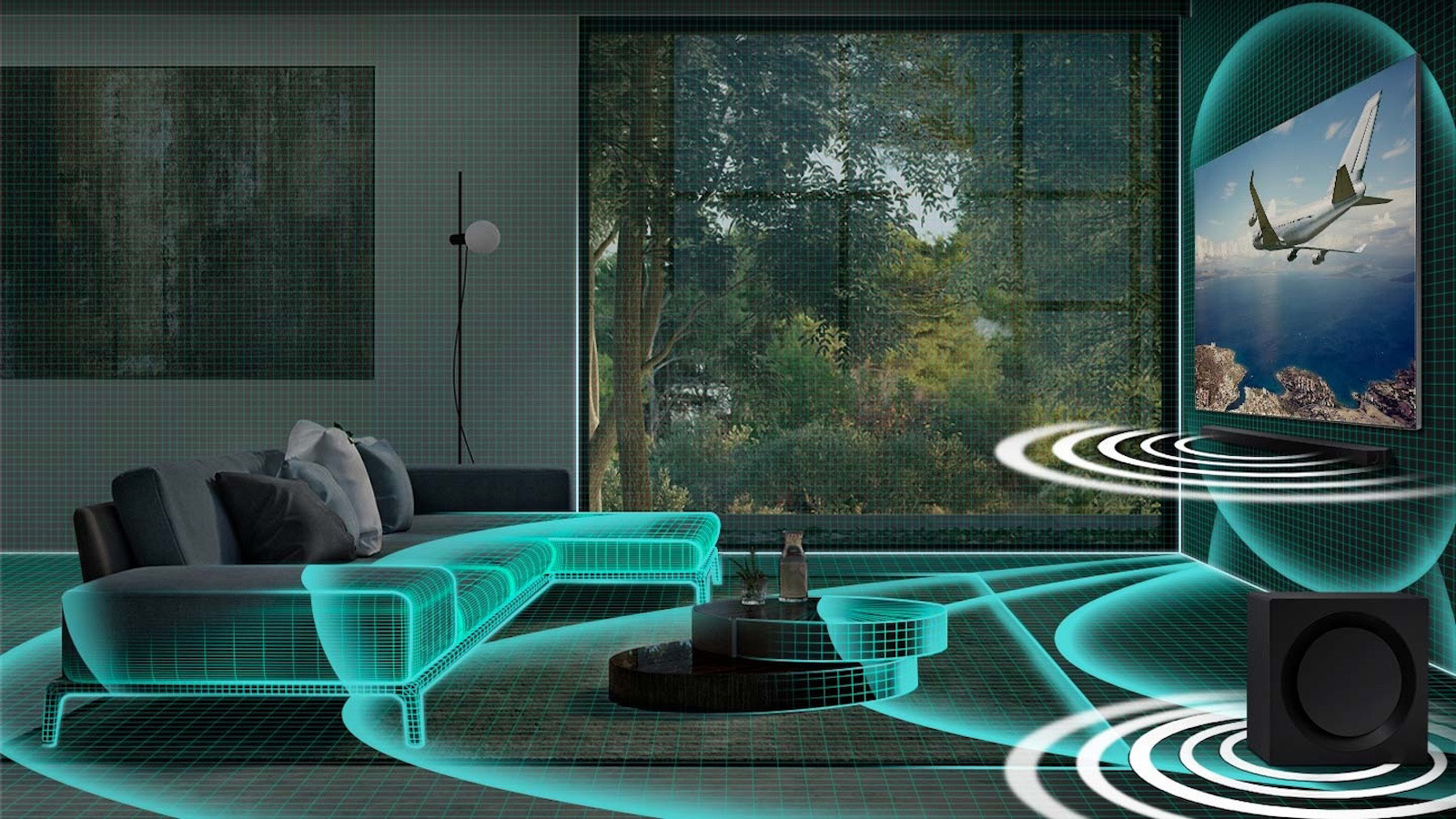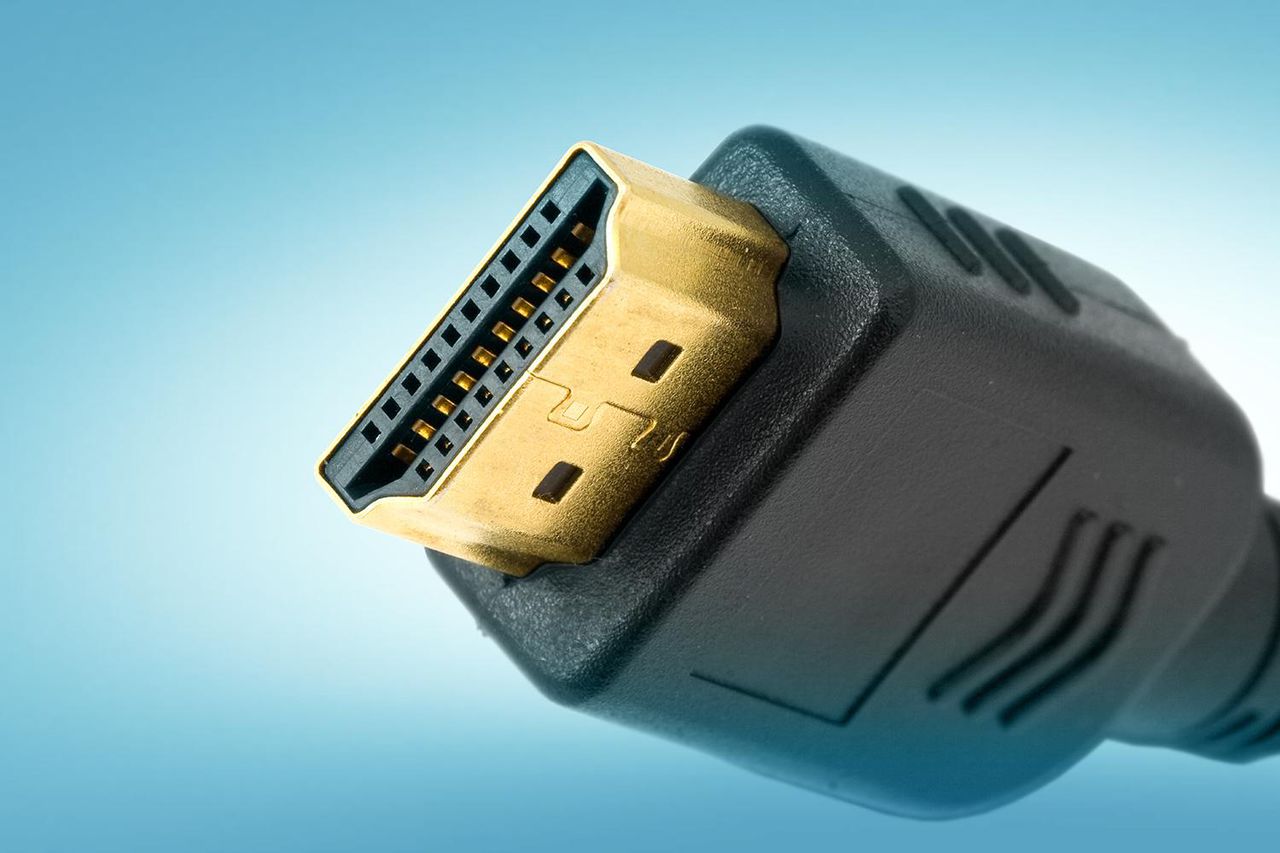
The audio-visual world loves an acronym, so if you've heard about HDMI ARC or eARC and have been left scratching your head as to what these mean, then worry no more as we explain through these terms' meanings and importance.
HDMI actually stands for High-Definition Multimedia Interface, but the acronym, which is also a trademark, is so commonly used that you'll probably never hear anyone blurt out the full-blown expression.
In its simplest terms: HDMI is used to transmit uncompressed video and audio data between devices, such as between the best TVs and a Blu-ray player, games console, soundbar, and so forth.
What is ARC?

HDMI has evolved over the years, with HDMI 1.4 bringing ARC, or Audio Return Channel, into the mix back in 2009. It's remained in every specification ever since then.
ARC enables your TV or audio system to communicate signals in both directions, not just one, by 'hand-shaking' and synching control between two devices. It means the end of multiple cable connections of old, seeing one HDMI cable to rule all.
ARC is especially useful when pairing one of the best soundbars to a TV, for example, as you can adjust the volume of your TV and that will sync with the soundbar setup automatically. No need for multiple volume controllers for the two different products – simply use your TV remote.
However, most TVs only feature one solitary HDMI port marked with 'ARC', so you'll need to ensure you use that port to connect devices with an HDMI cable, otherwise it won't work properly.
Get all the latest news, reviews, deals and buying guides on gorgeous tech, home and active products from the T3 experts
What about eARC?

A decade after ARC launched, the HDMI 2.1 specification arrived, including eARC, which stands for Enhanced Audio Return Channel.
The 'enhanced' part of the acronym is the key point here: eARC can handle higher bandwidth sound formats, meaning up to 32 channels of audio at up to 24-bit 192kHz can be sent uncompressed.
Why does that matter? Well, not only is there the potential for better audio quality, such as Dolby TrueHD and DTS-HD Master Audio, it means the HDMI cable can handshake with object-based sound formats, such as Dolby Atmos and DTS:X.
With surround sound easier to obtain than ever before, and such mixes supported by the best streaming services for many shows, if you've got the right soundbar kit then eARC is an essential to get the most from it.
And HDMI 2.1?

It's not just eARC that came as part of the HDMI 2.1 package though, which, at the time of writing is the most current format.
HDMI 2.1 is important for new-gen gaming – if you're using PlayStation 5 or Xbox Series X – because it supports 4K resolution at up to 120Hz for the smoothest refresh rates, including compatibility with variable refresh rate (VRR) and auto low-latency mode (ALLM).
There's even more future-proofing in HDMI 2.1, too, as it supports 8K resolution up to 60Hz. The previous HDMI 2.0 only supported half that frame rate: 4K at 60fps and 8K at 30fps, so the seemingly small '0.1' is a big jump forward.
In 2022 the HDMI Forum also released version 2.1a of the HDMI specification, which includes Source-Based Tone Mapping (SBTM) to allow a source device to control high dynamic range (HDR) mapping instead of the display device.

Mike is T3's Tech Editor. He's been writing about consumer technology for 15 years and his beat covers phones – of which he's seen hundreds of handsets over the years – laptops, gaming, TV & audio, and more. There's little consumer tech he's not had a hand at trying, and with extensive commissioning and editing experience, he knows the industry inside out. As the former Reviews Editor at Pocket-lint for 10 years where he furthered his knowledge and expertise, whilst writing about literally thousands of products, he's also provided work for publications such as Wired, The Guardian, Metro, and more.
